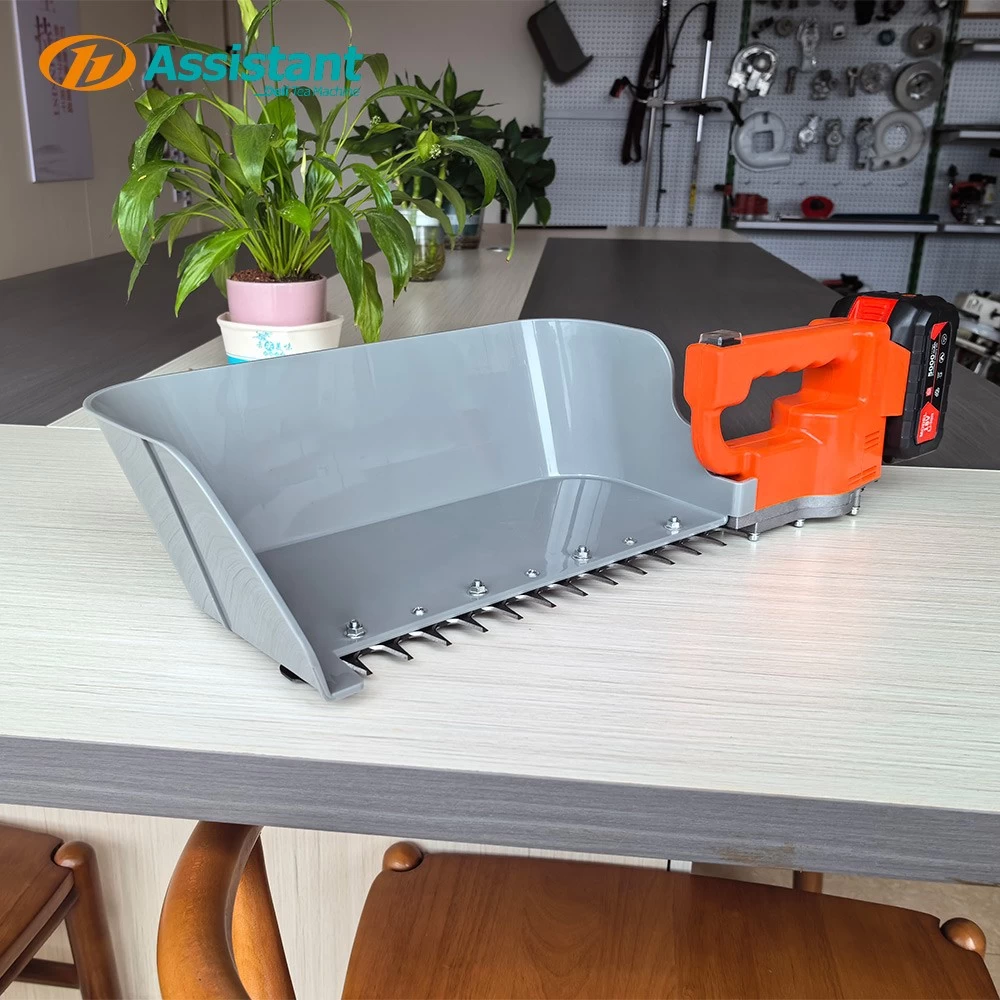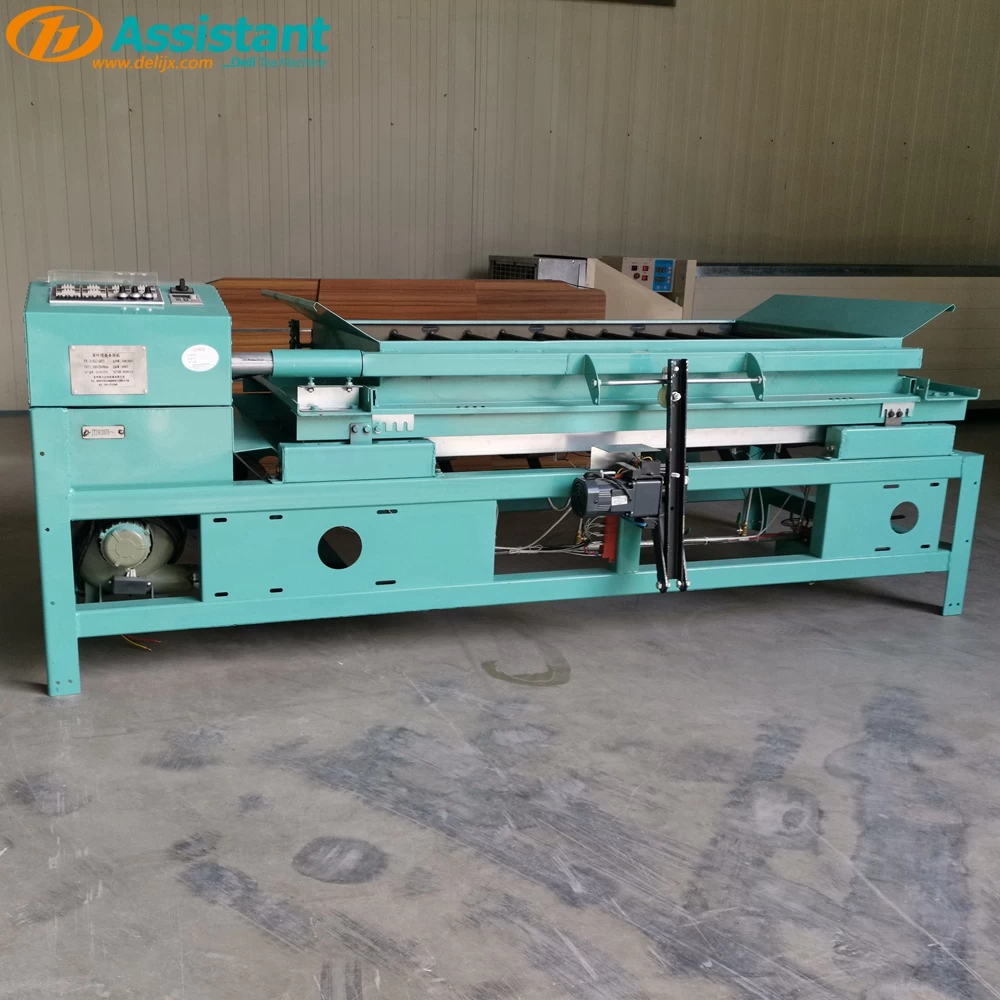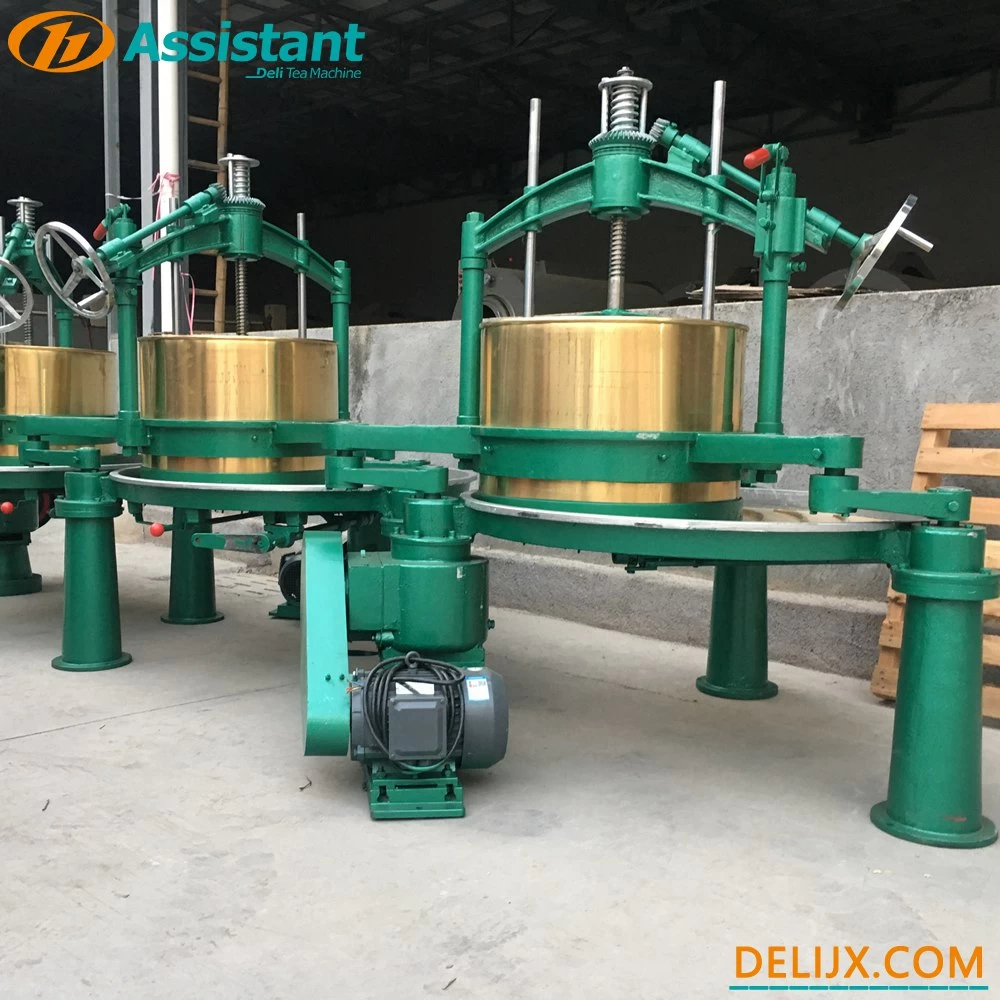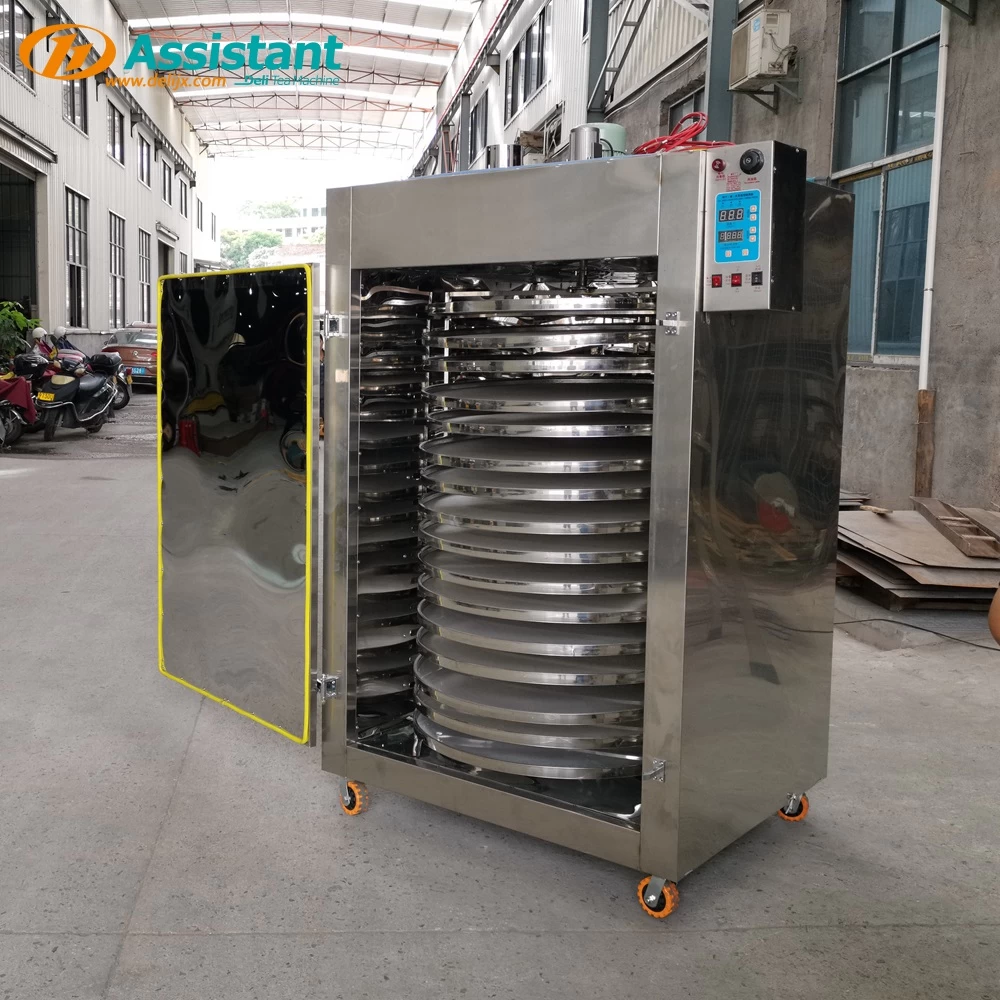DL-6CFX-F30-3QB is a new type of tea screening equipment developed by our company, It can separate fresh leaves and finished tea in one machine. It can save money and workers. It can adjust the speed of screening and wind speed. It is a necessary good helper for tea factory!
DL-6CYQT-6105 mainly used for Oolong tea processing, drum made of bamboo, the activity of withered tea was increased by shaking, It can make tea taste more fragrant, Capacity about 32 kg per batch.
This machine is suitable for the shaping and roasting process of high-grade curly tea. Tea roasted by this machine features tight and neat strips, uniform curling, bright green color, visible white fuzz, and rich aroma—fully demonstrating the characteristics of high-quality tea. The machine's heating system offers two options: electric heating and liquefied gas heating, allowing users to choose flexibly based on their actual needs.
The Matcha ball mill is designed for post-drying grinding of agricultural products (e.g., ground tea, Chinese medicinal materials) with advantages of low-temperature grinding (5-15℃) to retain raw material color and aroma, fine fineness (500-1000 meshes), PLC-controlled easy operation, and durable structure.
The Matcha ball mill is designed for post-drying grinding of agricultural products (e.g., ground tea, Chinese medicinal materials) with advantages of low-temperature grinding (5-15℃) to retain raw material color and aroma, fine fineness (500-1000 meshes), PLC-controlled easy operation, and durable structure.
Single Semi-automatic Tea Pressing Machine, working with a small granular filling machine, enables quantitative filling and efficient pressing. Powered by 220V and 4.0KW, it produces 500 pieces per hour, supporting round tea cakes (20.0-35.0mm) and dragon ball-shaped teas (20.0-27.0mm). User-friendly and safe, it’s ideal for processing Pu-erh, white, and dark compressed teas.
Discover the LS3CX - 750 High Efficiency Wheel Trimmer, your ultimate solution for pruning in gardens, along roads, and in tea gardens. This trimmer comes with an adjustable height function, enabling you to adapt to different plant heights. Its high - performance cutting system ensures efficient and clean cuts on grass, shrubs, and tea branches. With a user - friendly wheel - based design, it offers easy maneuverability, making pruning tasks a breeze. Ideal for both professional landscapers and gardening enthusiasts.
4C-60L is a handheld automatic tea plucking machine designed for tea gardens. Equipped with a 2-stroke gasoline engine and a 600mm reciprocating cutter head, it efficiently harvests tea leaves with precision. Weighing only 10-14.3kg and featuring a backpack design, it ensures flexible and lightweight operation for prolonged use.
The 0.7L fuel tank supports hours of continuous work, while the centrifugal friction clutch transmission system delivers stable power and easy maintenance. Its comb-type cutting technology separates buds and leaves accurately, minimizing damage, and the negative-pressure suction tube directly collects fresh leaves into a waist-mounted bag, integrating "picking-collection" into one process
Tea, one of the most beloved beverages around the world, undergoes a series of intricate stages to transform from fresh leaves on the tea plant to the aromatic brew we enjoy. Let's take a closer look at the stages of tea production.

Picking:
The first step is picking the tea leaves. Depending on the type of tea, different parts of the tea plant are harvested. For example, fine green teas often use only the tender buds, while black teas may be made from a combination of leaves and buds. Skilled tea pickers carefully select the leaves at the right time to ensure optimal quality.

Withering:
After picking, the leaves are usually withered. This process involves allowing the leaves to lose some moisture naturally or through controlled methods. Withering softens the leaves and prepares them for the next stages.
Fixation:
Fixation is a crucial step, especially for green teas. It involves quickly heating the leaves to deactivate the enzymes that cause oxidation. This helps preserve the green color and fresh flavors of the tea. Methods of fixation can include pan-frying, steaming, or using other heat treatments.

Rolling:
Rolling gives the tea leaves their shape. It also helps break the cell walls of the leaves, releasing the essential oils and flavors. The rolling process can be done by hand or with machines, depending on the scale of production.

Fermentation (for some teas):
Not all teas go through fermentation, but for black teas and some oolongs, fermentation is an important stage. During fermentation, the tea leaves undergo oxidation under controlled conditions, resulting in changes in color, flavor, and aroma.
Drying:
The final stage is drying. This removes the remaining moisture from the leaves, making them stable for storage and transportation. Drying can be done using various methods such as sun drying, oven drying, or using specialized drying equipment.
Each stage of tea production plays a vital role in determining the final quality and flavor of the tea. From the delicate picking to the careful drying, every step is a combination of art and science. So, the next time you savor a cup of tea, remember the journey it has taken to reach your palate.